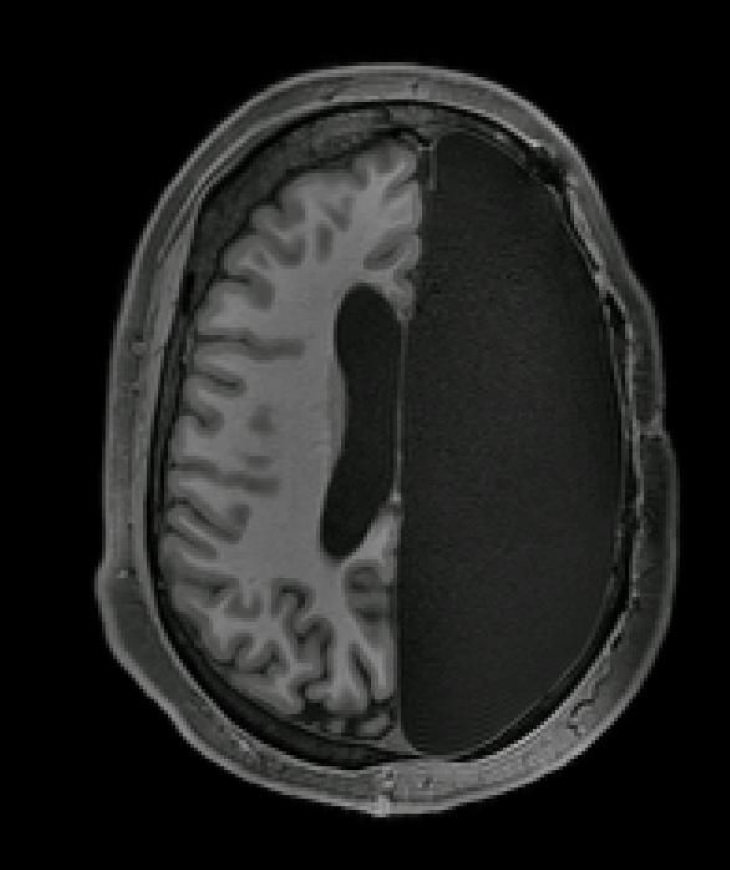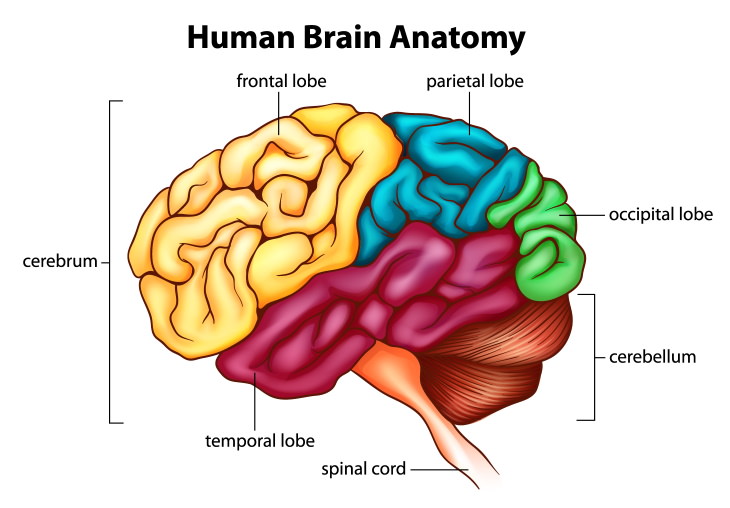How the Brain Carries On Working, Even When Half of It Was Removed
Our brain’s capacity to rewire itself and
compensate for severe damage is something so astonishing it’s hard to
comprehend. Probably the most evident examples of this amazing capacity
are patients who have undergone a hemispherectomy - the surgical
procedure of removing one of the brain hemispheres. Incredibly, these
patients are often fully functional and you would probably never be able
to tell they have half of their brain removed if you were to meet them.


fMRI brain scan of an adult with the right
hemisphere removed
Most often, hemispherectomy is conducted on kids, as before the age of
three our brain is the most pliable and capable of rewiring itself. This
is not to say that adults cannot get whole brain regions removed,
however. As a matter of fact, resections, as these surgeries are called,
are an effective method of treating medication-resistant epilepsy.
But let’s get back to hemispherectomies. How is it possible that the
human brain can continue to function when as much as half of it is
missing? Neuroscientists have long observed why that is the case, and
the mechanism involved is something called neuroplasticity.
As you may or may not know, our brains are roughly divided into
different regions, and most of these regions are responsible for doing a
specific kind of task. For example, the part of our brain that’s
responsible for vision is situated in the back of our brain and is
called the occipital lobe (in green, see image below).


These divisions are very specific - certain
brain regions are responsible for language, the movement of different
body parts, psychological faculties and senses. But what happens when a
brain region responsible for a certain function is damaged? Well, if
everything goes according to plan, that function just gets moved to the
nearest or comparable healthy brain region.
Furthermore, the younger you are, the more likely you are to fully
recover, due to the fact that the ability of your brain to change
decreases with age. This is exactly why hemispherectomy patients are
typically children. Most often, these are kids suffering from epileptic
seizures localized in only one brain hemisphere. In many cases, these
patients are completely functional and live normal lives, "You can
almost forget their condition when you meet them for the first time,"
said Dorit Kliemann, a researcher working with hemispherectomy patients
in a recent interview.
Six hemispherectomy patients similar to
Jody participated in a recent study at the California Institute of
Technology, with the researchers trying to figure out how the brains of
these patients managed to rewire themselves and how they function
altogether. All six of the patients received the procedure to deal with
epilepsy. The hemispheres affected by epilepsy have been removed in all
of these patients at the age of 3 to 11 years, and they were in their
20’s and 30’s at the time of the study.
The researchers used the fMRI machine, a scanner that can show how the
brain reacts to certain stimuli in action. When a certain brain region
is more involved in a specific task, that brain region gets more blood
flow, and the fMRI scanner shows that immediately.
The study revealed that the patients’
brains had much stronger connections than the brains of people with two
hemispheres. Similar studies have also shown that brain functions that
have two symmetrical centers in each hemisphere, such as vision, leg and
arm movement, etc., tend to take the work for both sides in patients
following hemispherectomy or resections.
In one study, for example, a boy regained vision in his left eye only
two years following surgery that removed a third of his right
hemisphere. These findings are absolutely incredible, but what’s more
important, they can hopefully tell neuroscientists how the brain is
capable of rewiring itself so that doctors would be able to treat brain
injuries following strokes.